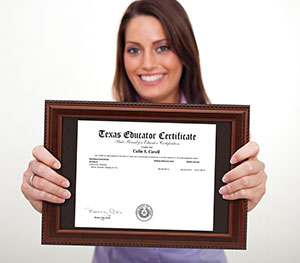Classroom Rules
Classroom rules are a crucial component to allow teachers to be successful in the classroom. Each teacher must tailor their classroom rules to their particular style and pet peeves. What works for one teacher, may not work for the next. Classroom rules sets boundaries and provides distinct boundaries of behavior for your students. Classroom rules set limits to inform students how far they can push the envelope and what will be tolerated in the classroom. Teachers should establish and clearly explain the classroom rules on the first day of school. Classroom rules should also be disseminated to parents. A signed copy acknowledging the child and their parents read and understand the classroom rules should be retained in the first week of school. Teachers should always tailor their classroom rules around the general policies of the school.
Generic Classroom Rules:
- Tardies
- The child should be in their seat when the bell rings.
- The door to the classroom will be shut after the bell rings.
- Three tardies will result in disciplinary actions being taken – loss of participation points or d-hall.
- Hall Passes
- Three hall passes will be given to each student for the year.
- Hall passes can be used to go to the restroom or to your locker.
- Late Assignments
- All assignments must be turned in on the appointed day of class.
- Late assignments will lose twenty points each day they are late.
- Any assignment three or more days late will be counted as a zero.
- Computer Lab / Internet
- Students will not be allowed to surf the Internet.
- Computer lab is a privilege, not a right.
- Food and Drinks
- All food and drink should be in your backpack at all times.
- Disciplinary actions will be taken if you are caught with food or drinks.
- Heading of Assignments
- Name, date and period should be included in the top right hand corner of your assignment.
- Please do not turn in paper ripped out of spiral notebooks.
Classroom rules should be established on the first day of school so students know exactly what is expected of them. Students must be held accountable if they break classroom rules. Consequences for a student breaking classroom rules should be negative. Classroom rules broken should follow a systematic pattern established by the teacher on the first day of school.
If you break a classroom rule:
- Name is written on the board or overhead – 1st warning.
- One check by their name – Call to their parents
- Two checks by their name – One day of d-hall
- Three checks by their name – Sent to the office
*Names will be erased each week.
Negative consequences for breaking classroom rules should be consistently enforced in the classroom. However, if students meet or exceed the classroom rules on a consistent basis, positive rewards should be used. For example, a teacher may place a call to their parents to acknowledge the positive behavior their son/daughter is exhibiting in the classroom. Also, if a class as a whole meets or exceeds classroom rules, a pizza party or field trip should be given to the entire class.
Your classroom rules should be crafted from the general guidelines established by each school. Your principal should always have a copy of the discipline plan you have implemented in your classroom. Getting support from your principal is a key aspect to disciplining your students.










